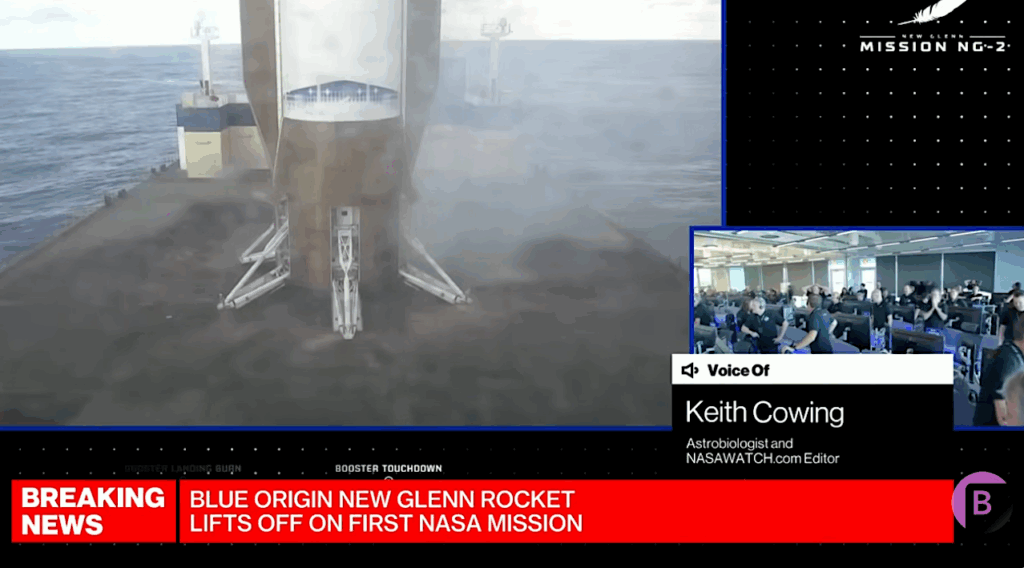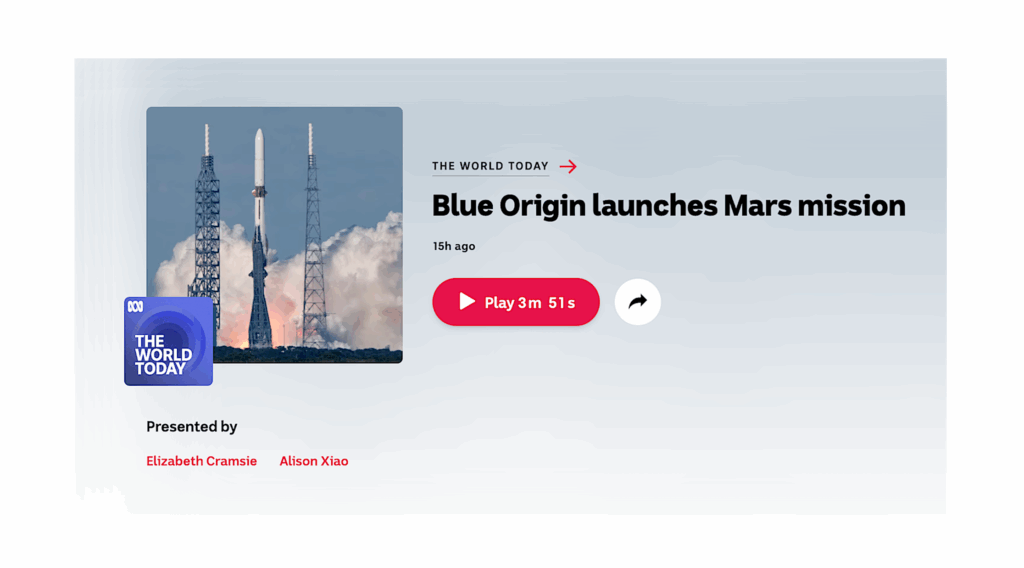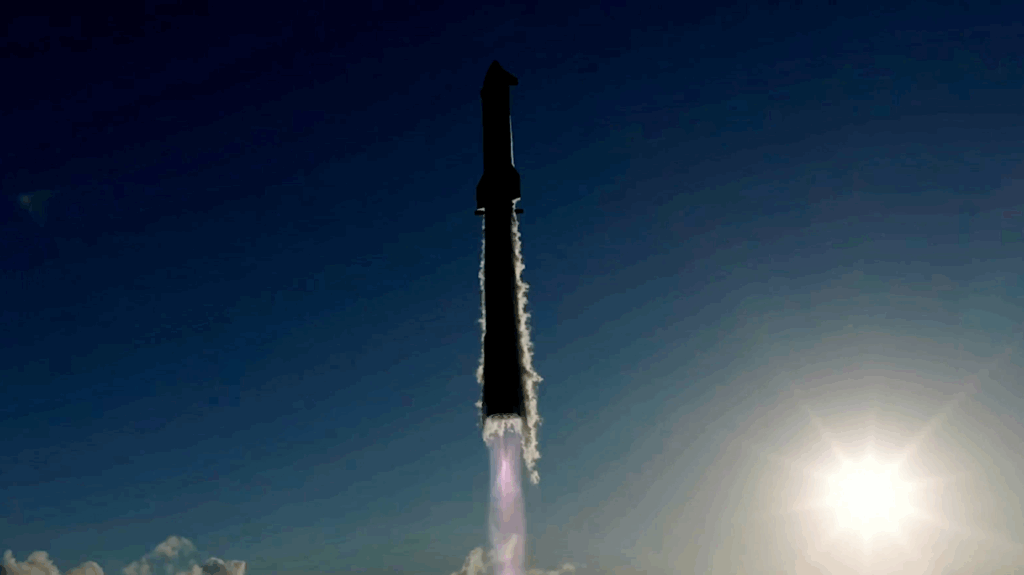GAO Report on DoD EELV Acquisition Strategy

Evolved Expendable Launch Vehicle: DOD Is Assessing Data on Worldwide Launch Market to Inform New Acquisition Strategy, GAO
“In February 2016, Congress asked GAO to examine what is known about other countries with launch capabilities and whether or not countries had fostered competition among launch providers, similar to what the United States is attempting to do in the EELV program. GAO responded to this request with a written briefing on the worldwide space launch capabilities and the status of the United States and global launch market.”
Commercial Launch: All Government Subsidies Are Not Created Equal, earlier post
“This is all rather odd and self-serving. Both Space Foundation and Commercial Spaceflight Federation depend on commercial space company membership dues. On one hand it is wrong to allow U.S. commercial payloads to be launched by India because their rockets have large government subsidies. Yet Space Foundation and CSF think that it is just fine to launch these same U.S. commercial payloads on Chinese, Russian, and European launch vehicles – all of which get substantial government subsidies. Meanwhile ULA has been getting billions a year for decades in U.S. government subsidies to keep both EELV fleets afloat (with no competition until recently) – and they will now get more money to wean themselves from RD-180 engines whose use was mandated by the U.S. government. Again, where you stand depends on where you sit.”
– America’s Hypocritical Fear of Indian Rockets, earlier post
– Will U.S. Companies Be Allowed To Launch on Indian Rockets?









Governments change policy at the speed of a supertanker making a turn; here we see the US positioning to abandon ULS. Step by agonizing step.
ULS?
United Launch Syndicate
Spoken like a true Sicilian 😉
Good recovery. ULA, of course.
It was almost twenty years ago but I remember it as if it were yesterday, at the Space Congress in Cocoa Beach, FL. The DOD had announced a competition to determine the producer of the next generation ELV and had boiled it down to the Delta, originally developed by McDonnell Douglas but soon absorbed by Boeing, and the Atlas, originally General Dynamics but owned by Lockheed, and were about to choose one. Then, is a burst of inspiration, they chose … both! Two winners! That would provide … competition! Then, as neither company was able to capture enough commercial traffic to be profitable they proposed … the merger, which would eliminate “duplication” and make both launch vehicles more efficient and thus “less” expensive by eliminating “competition”.
Naturally once it found itself as a monopoly supplier to the US government, ULA “discovered” that the DOD was obligated to pay any costs that were “justified”, and despite the merger its costs began to increase, until the profit margin attracted SpaceX. Now we again have the prospect of competition and ULA is suddenly finding dozens of ways to cut cost that previously escaped its notice.
Why are they even bothering with this study? The only thing that will be a surprise is if somebody in the management hierarchy realizes that ULA might pull out altogether and asks whether the DOD should let them fold their tent or offer a subsidy to maintain the … competition.
What current EELV class competition are you referring to? It is unlikely that SpaceX will not win any EELV flight they bid for. If the latest GPS-3 launch contract won by SpaceX for $82.7M is any indication.
As I see it, a second launch provider is needed. Since even the 2 new launch pad in the future. SpaceX can’t meet the surge in demand for their launch services.
Finally there will be some sort of rockets be assembled in Alabama as long as a certain U.S. senator is still around.
Why are they bothering? Simple. Building a paper trail.
While those of us with stunning prescience knew it all along, the Great Oil Tanker that is Washington has finally seen the iceberg and is executing a turn.
ULA is dead dead dead.
The next president could have an interesting decision to make: “trust” the private sector, or “encourage” competition?
I’m not convinced ULA is as dead as we normally assume. The common avionics upgrades they are doing now COULD be viewed as a DoD-funded effort to give ULA an updated multi-platform avionics suite that is already DoD-approved. The RD-180 replacement program will provide ULA with a new engine. I’ve never seen a published plan, but it’s plausible that ULA is using government funds to handle a large chunk of the engineering for Vulcan, and paving the way for a fast-track approval since the systems are largely recycled.
Or not – maybe they are just blowing through fat stacks of cash.
It remains to be seen whether Old Space is even capable of developing a new engine with the kind of funding levels that would allow the use of government funds sans a huge line item cost.
I’m guessing the answer is ‘no’.
ULA is dead for lots of reasons, not the least of which is the laughable Vulcan strategy of catch-if-you-can engines, made even more hilarious by quarterly- funding (at the same time that the same companies whine about the lack of a long term vision from the US government).
But it’s the competition, baby. Even with a quirky inability to meet schedules, SX is eating the lunch of ULA, and soon Ariane Space as well.